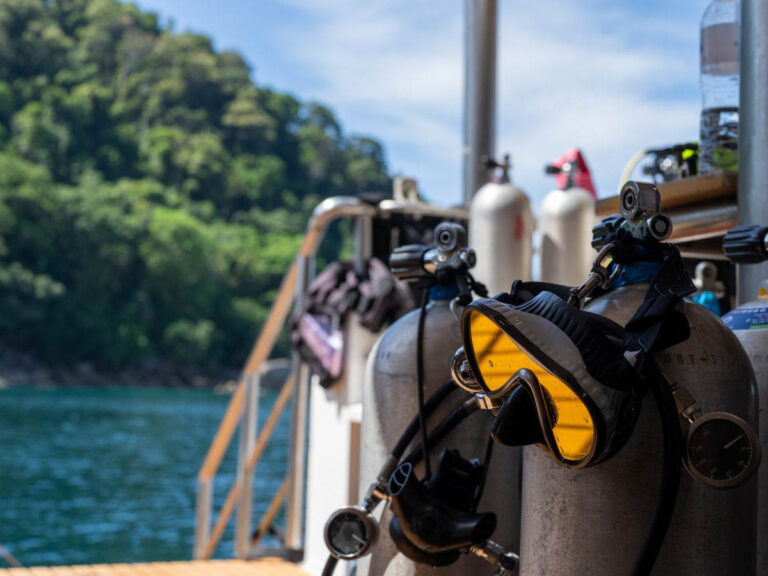Learn about the ways industrial gas testing silently protects divers, preserves breathing mixtures, and safeguards every dive mission, no matter the depth.
Industrial gas testing plays a critical role in preventing deep-sea diving accidents that could otherwise occur without warning. Divers rely on precise gas mixtures to avoid major risks such as oxygen toxicity, nitrogen narcosis, and life-threatening hypoxia.
Even recreational divers depend on accurate gases during routine dives, not just commercial or technical operations. Gas testing bridges the gap between underwater exploration and survival, protecting every dive from unseen dangers.
Understanding Why Gases Must Meet Precise Standards
Divers breathe gas blends that meet strict standards to support safety at different depths. Oxygen, nitrogen, and helium each serve distinct roles depending on planned dive profiles and maximum operating depths. Deviations in oxygen percentages create hazardous conditions, either through toxicity at depth or deprivation near the surface.
Strict industrial controls in gas testing keep divers safe at various depths by eliminating dangerous deviations. Gas testing acts as a protective shield that allows for deeper and longer dives without unnecessary risk.
Recognizing Hidden Contaminants That Threaten Diver Safety
Contaminants like carbon monoxide, oil vapors, and particulates present silent threats that industrial gas testing must intercept before gases reach divers. Even small amounts of contaminants can trigger dizziness, unconsciousness, or deadly outcomes underwater, where surfacing immediately is not always possible.
Poor filtration systems also allow moisture buildup, leading to rust inside tanks that compromises breathable air quality and equipment longevity. Industrial gas testing steps between divers and invisible killers by identifying impurities before they enter a breathing tank. Every contaminated batch removed from circulation strengthens the foundation of diver safety worldwide.
How Precise Calibration Strengthens Gas Testing Reliability
Calibration protects gas testing processes by maintaining strict accuracy across analyzers, flow meters, and monitoring equipment. Uncalibrated tools create faulty readings, allowing dangerous mixtures to slip through inspection lines undetected. Gas analyzers must receive routine calibrations to prevent catastrophic mistakes that can unfold quietly during a dive.
Equipment maintenance supports industrial gas testing and keeps divers safe at depth by creating consistent, verifiable testing conditions. Even a 2 percent oxygen miscalculation can spell disaster at 100 feet below the surface, where minor mistakes become lethal in minutes.
Why Traceability Matters in Every Industrial Gas Fill
Every gas cylinder must carry traceable documentation linking it to quality control records, batch certifications, and analytical data. Traceability allows immediate problem identification when issues arise, preventing further distribution of contaminated or improperly mixed gases.
Traceability in gas calibration also keeps divers safe in a few key ways. Missing or incomplete documentation can weaken diver safety by concealing potential manufacturing or bottling problems. Complete traceability protects lives by making purity verifiable both before and after every dive.
Diving safety depends on countless hidden steps, from gas selection to documentation, that all link back to industrial gas testing standards. Proper controls eliminate invisible risks long before divers strap on a tank and step into the water. Gas testing is the unseen partner that guards every breath taken underwater.







